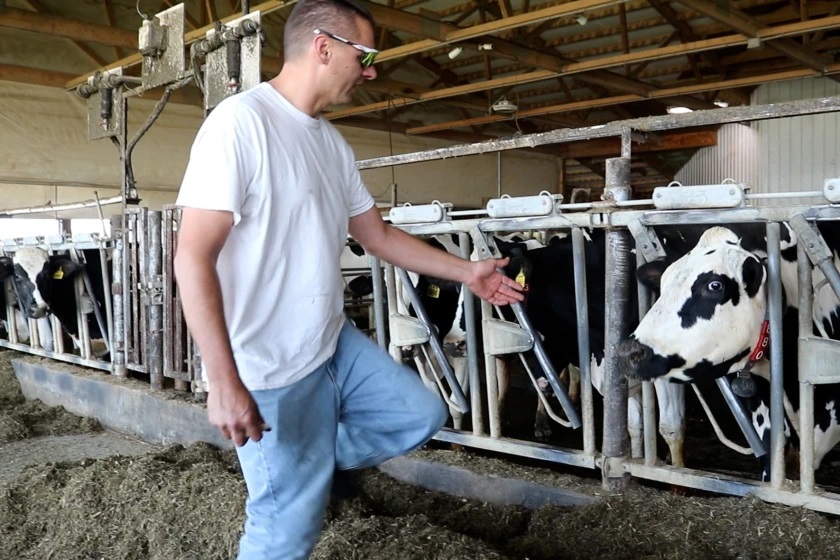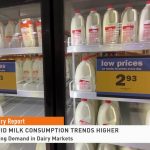
Dairy farmers pooled on an order have a say in whether the proposed amendments become the new rules, or if the order itself is terminated.
The time is almost here for dairy producers to weigh in on proposed USDA Federal Milk Marketing Order amendments through a referendum process.
Overview
The USDA oversees the Federal Milk Marketing Order program which includes 11 milk marketing orders and applies to about 75% of total U.S. milk production. The regulatory provisions of the individual orders apply to handlers, not dairy farmers, and specify how dairy farmers supplying a marketing area will share the money from their raw milk sales.
In July 2024, USDA’s Agricultural Marketing Service issued a recommended decision, opening a comment period for feedback on proposed changes which closed in September.
Proposed amendments
The USDA’s proposed amendments to five categories of milk pricing are:
1) Milk Composition Factors: Update true protein from 3.1 to 3.3%, other solids from 5.9 to 6% and nonfat solids from 9 to 9.3%.
2) Surveyed Commodity Products: Remove 500-pound barrel cheddar cheese prices from the Dairy Products Mandatory Reporting Program survey and rely solely on the 40-pound block cheddar cheese price to determine the monthly average cheese price used in the formulas.
3) Class III and Class IV Formula Factors: Update the manufacturing allowances to: Cheese: $0.2504; Butter: $0.2257; Nonfat Dry Milk (NFDM): $0.2268; and Dry Whey: $0.2653. Update the butterfat recovery factor to 91%.
4) Base Class I Skim Milk Price: Update the formula as follows: the base Class I skim milk price would be the higher-of the advanced Class III or Class IV skim milk prices for the month. Also, adopt a Class I extended shelf life adjustment equating to a Class I price for all extended shelf life products equal to the average-of mover, plus a 24-month rolling average adjuster with a 12-month lag.
5) Class I and Class II differentials: Keep the $1.60 base differential and adopt modified location specific Class I differential values.
A final decision must be released by USDA by Nov. 12. Next is the referendum phase, in which dairy farmers pooled on an order have a say in whether the proposed amendments become the new rules, or if the order itself is terminated.
According to Daniel Munch, economist with the American Farm Bureau Federation, given the potential for changes to minimum pricing formulas and regulations, participation in the referendum is “crucial.”
“Each farmer’s vote will help shape how milk prices are determined and how products are valued moving forward,” said Munch. “In a system with far-reaching impacts on farm operations and revenue, making your voice heard is more important than ever.”
For more information on the referendum or to seek clarity on voting procedures, visit USDA’s AMS hearing webpage or contact the FMMO inbox at FMMOHearing@usda.gov.
You can now read the most important #news on #eDairyNews #Whatsapp channels!!!
🇺🇸 eDairy News INGLÊS: https://whatsapp.com/channel/0029VaKsjzGDTkJyIN6hcP1K























